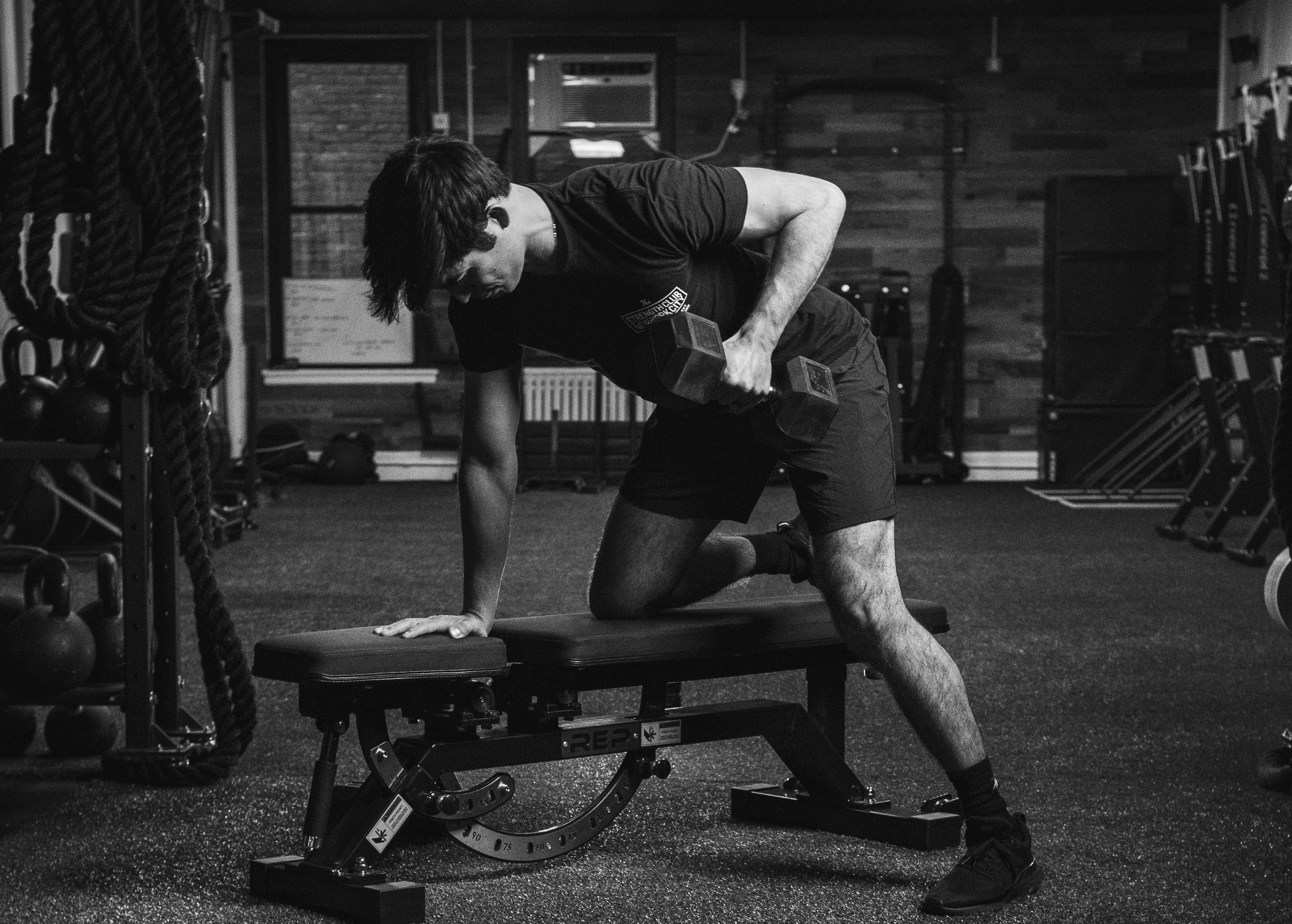Circuit training has always been popular, and there’s also a buzz in the fitness world about high-intensity interval training, or HIIT. You might wonder about the key differences between these two killer workouts, and which is best to help you reach your goals. Both are effective and time-efficient ways to move your body and muscles and improve your strength and overall athletic performance. That being said, there are some key differences to keep in mind.
What is HIIT?

HIIT, or high-intensity interval training, is where you perform short bursts of intense exercise followed by specifically timed rest periods or periods of low-intensity activity. HIIT usually involves full-body compound exercises that raise your heart rate higher. You’ll only rest as much as you absolutely have to in order to power through the next round.
It’s a high or vigorous-intensity type of exercise that helps you burn calories, boost your metabolism, and develop muscle strength. It’s designed to push your body almost to your maximum effort.
What are examples of HIIT exercises?

During a HIIT program, you might perform jumping jacks, jump squats, and burpees for 20 to 60 seconds before resting for a brief period. Most HIIT sessions typically last around 15 to 30 minutes in total, so they’re a good choice for people short on time.
Examples of HIIT moves include:
- Burpees
- Sprints
- Kettlebell swings
- Mountain climbers
- Flutter kicks
- Jump squats
- High knees
- Push-ups
What is circuit training?

With circuit training, you’ll typically perform cardio exercises and strength training exercises as you go around in a circuit format for about 20-40 minutes total. You’ll complete each set of movements for a specific duration or number of repetitions before moving on to the next activity for the same reps or time with little or no rest in between.
What are examples of circuit training exercises?

You’ve probably seen circuit training groups or classes where people rotate through a set number of exercises or stations with minimal rest in between sets. You can target multiple muscle groups for a quick but effective whole-body workout while also improving your cardiovascular health and muscular strength and enhancing your endurance.
Examples of exercises often included in circuit training sessions include:
- Squats
- Planks
- Lunges
- Burpees
- Push-ups
- Jumping jacks
- Russian twists
- Tricep dips
- The dumbbell row
Just like HIIT, the fast-paced circuit training ramps up your heart rate and crushes calories.
What are the main differences between HIIT and circuit training?

HIIT and circuit training have more similarities than differences.
Here are the main differences:
- As the name implies, HIIT is always a high or vigorous-intensity workout involving short bursts of maximum effort. While circuit training is usually moderate to high intensity, it doesn’t necessarily require the same maximum effort as HIIT, so it might be a better choice for some people.
- Circuit training combines strength, endurance, and cardio, whereas HIIT is largely focused on fat-burning and cardiovascular conditioning.
- HIIT sessions are often shorter, lasting 15 to 30 minutes, whereas circuit training could last 20 to 45 minutes.




